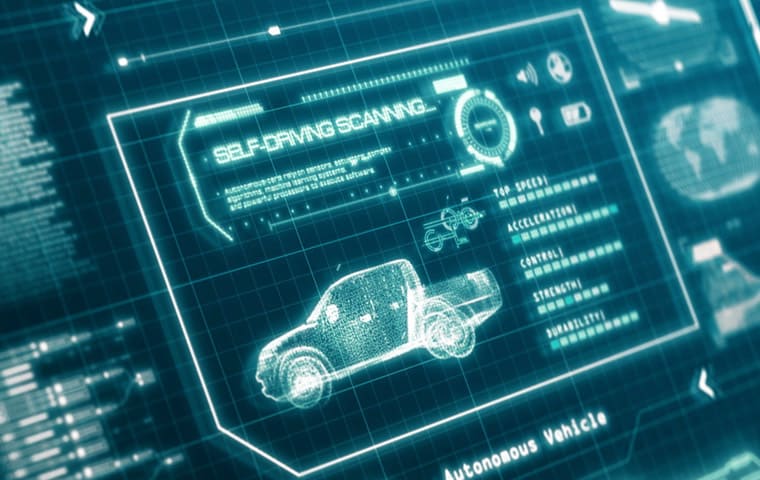The word “telematics” first appeared in print in 1978. Since then, telematics technology has grown into a must-have aspect of fleet management. With all of the revolutionary developments in telematics technology, you may be wondering what is on the horizon. Here are a few telematics technology upgrades that you can expect to see in the near future.
Better Connections
5G technology is already revolutionizing connectedness across many platforms. Expect this type of connection to make an impact on telematics technology as well. In a 5G environment, telematics data can be transmitted up to 60 times faster, and far more data can be communicated at the same time without bogging down systems.
This faster, more robust communication will mean that telematics systems can offer more insights in real-time, allowing fleets to be more flexible and to make changes on the fly. It will also create the opportunity for two-way communication with telematics devices, so a truck on the road can send data to the home office, and then receive a response almost immediately.
Vehicles Communicate with Each Other
Right now, most telematics technology communications go from the vehicle to the home office. But with expanded networks and smarter technologies available, expect vehicles to communicate with one another on the road in the future. When one vehicle suddenly brakes, it may send a message to other vehicles nearby to be alert. If a driver encounters some sort of road hazard, telematics could alert other drivers to the problem so they can avoid it.
Expect vehicles to be able to communicate with emergency services too, calling for help in a crisis if the driver is incapacitated. Emergency vehicles may be able to communicate with traffic the way they currently do with traffic lights, helping to clear the way for ambulances and other first responders to get through.
Autonomous Technology Communications
Autonomous driving technologies are already all around us. Today’s vehicles feature lane-keeping assist, autonomous parking, and automated braking systems, to name just a few features. As more autonomous features become common on the roads, expect telematics to interact with them to offer smart assistance when drivers need it.
This type of interaction could mean systems can monitor traffic and road conditions ahead and correct routes to match real-time circumstances. Expect this technology to better predict when drivers need assistance and even to be able to send out distress signals when a driver is drowsy, experiencing a medical emergency, or when a vehicle is in urgent need of repair or maintenance.
Smarter Reports
In many telematics systems, a fleet manager receives all sorts of data, but may not know what it means or how to use it. The best telematics technology of today offers actionable insights in the form of smart reporting. Rather than telling you how many miles your vehicles are driving, it tells you what this means in terms of wear and tear. Instead of a report on the amount of fuel your fleet used last year, you learn how to reduce fuel consumption.
In the future, look for even more insights and more useful, smarter reports. As AI and telematics continue to merge, we can expect telematics reporting to learn which data points are most important to your individual fleet’s needs and provide you with the most essential information at a glance.
Targeted Messaging
Right now, telematics technology sends messages to a main software application, and then other workers in the fleet can seek out the information that’s specific to their job. As smarter reports become available, expect them to also be targeted to their readers. So the fleet mechanic will get specific alerts regarding which vehicles are in need of repair, human resources will get targeted messaging related to drivers’ hours, and dispatch will get alerts relating to routes and timing.
Imagining the Future
These technological advancements, and many more, are already in development by telematics providers. But there are far more advances we haven’t even thought of yet that will become commonplace in the future. As technology advances, applications that now seem like science fiction will become ordinary.
Stay on top of the trends with a telematics provider that is constantly adapting and evolving. Contact Azuga today to learn about the ways our telematics technology can benefit your fleet today and in the future.








